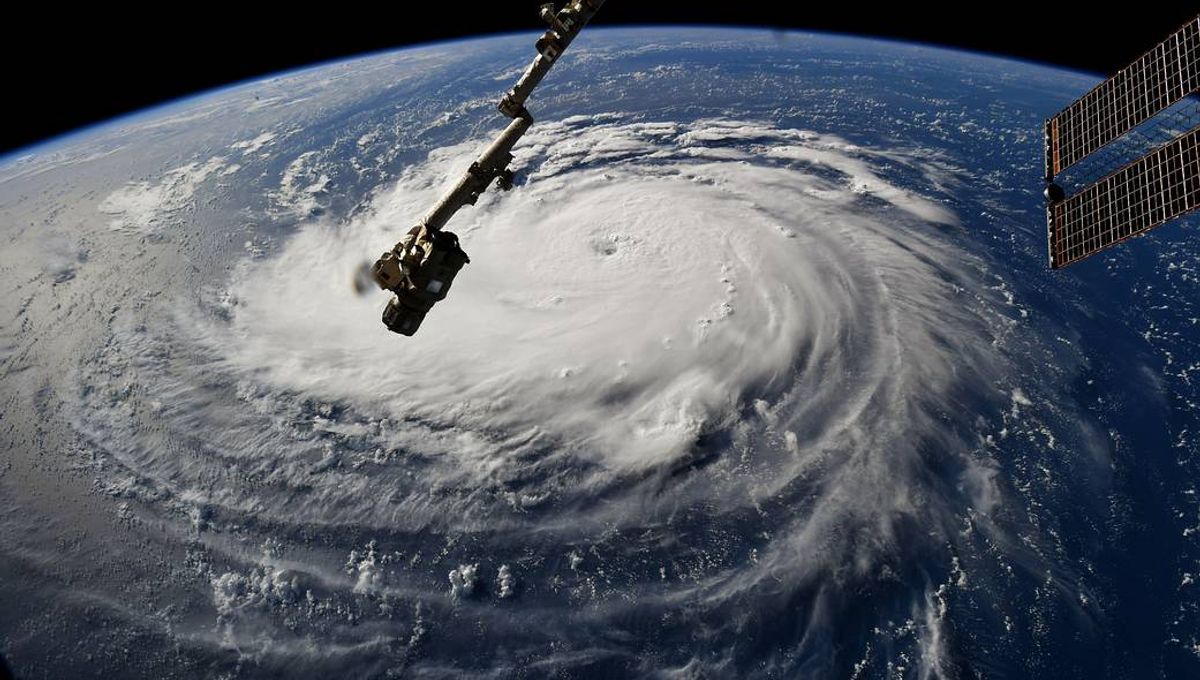
The National Oceanic and Atmospheric Administration (NOAA) has updated its forecast for the ongoing 2023 Atlantic hurricane season, ramping up its predictions from a near-normal level of activity to an above-normal level of activity.
The latest update was announced by NOAA’s Climate Prediction Center on August 10.
Its previous forecast in May predicted just a 30 percent chance of an above-normal level of activity, but the latest review suggests the likelihood is now 60 percent. The chances of near-normal activity have decreased to 25 percent, down from the 40 percent in the May forecast.
This essentially means that NOAA is expecting there be to 14 to 21 named storms, six to 11 hurricanes, and two to five major hurricanes.
The May forecast was surprising as it was the first time in eight years that NOAA predicted a “near-normal” hurricane season. Given the obscenely warm summer we’re currently seeing in the Northern Hemisphere, the update isn’t massively surprising.
We’re currently in the El Niño warm phase of the El Niño-Southern Oscillation (ENSO) cycle, a pattern of climate fluctuations in the Pacific Ocean that typically weakens the hurricane activity over the Atlantic. However, paired with this, we’re also seeing record-warm Atlantic sea surface temperatures, which NOAA says could “counterbalance” the impact of El Niño.
“The main climate factors expected to influence the 2023 Atlantic hurricane activity are the ongoing El Nino and the warm phase of the Atlantic Multi-Decadal Oscillation, including record-warm Atlantic sea surface temperatures,” Matthew Rosencrans, lead hurricane season forecaster with NOAA’s Climate Prediction Center, said in a statement.
“Considering those factors, the updated outlook calls for more activity, so we urge everyone to prepare now for the continuing season,” explained Rosencrans.
The North Atlantic tropical storm season usually runs from June to November, with peak activity occurring from late August through September.
Mounting evidence is indicating that climate change is making hurricanes wetter, windier, longer, and all the more damaging. One major factor is that warming temperatures slow the movement of hurricanes across the planet, meaning they can “hover” over one place for longer, raising the risk of destruction.
If the climate crisis is making hurricanes more common, which appears to be the case at the moment, then perhaps it will soon be time to reconsider what exactly is a “normal hurricane season.”
In the meantime, let’s stay safe out there.
“NOAA urges everyone in vulnerable areas to have a well-thought-out hurricane plan and stay informed through official channels as this season progresses,” NOAA concluded in its announcement.
Source Link: NOAA Forecast Doubles Odds Of A Big Atlantic Hurricane Season In 2023